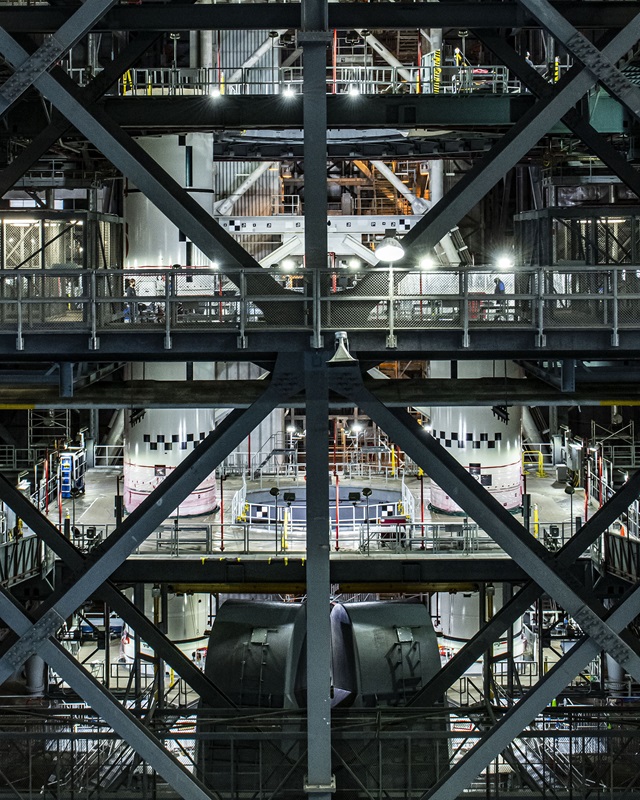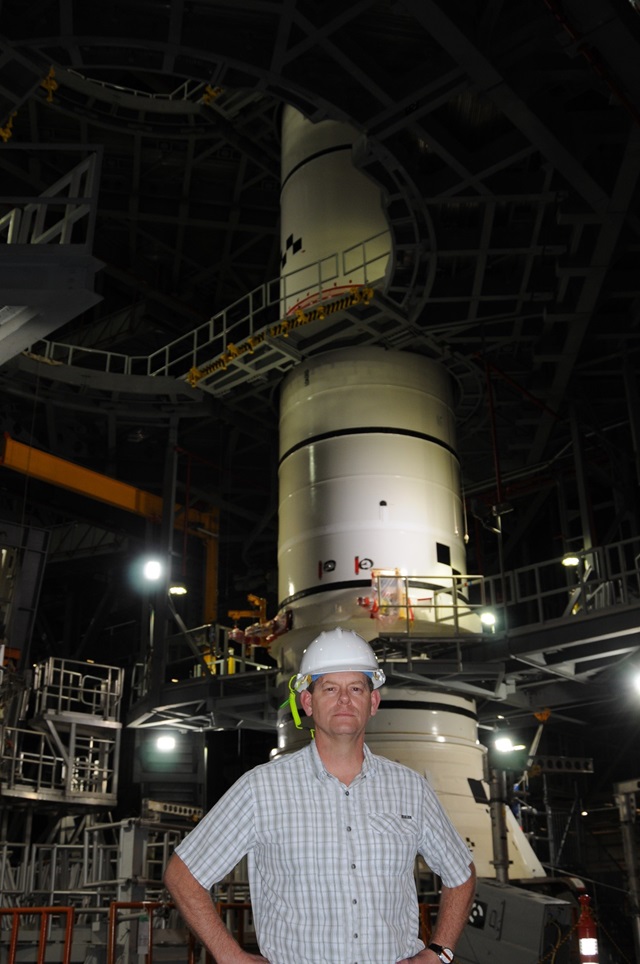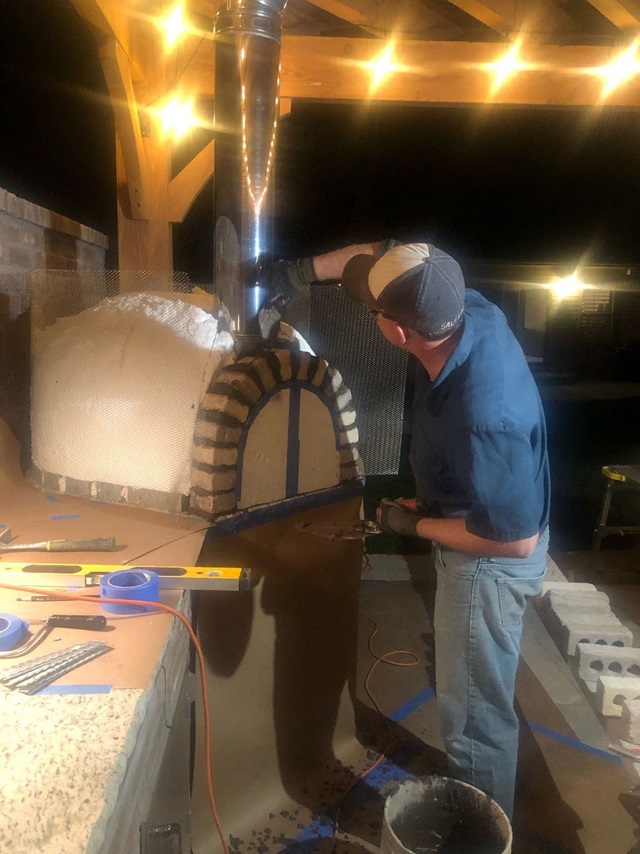Imagine a big box of LEGOs®…
You’ve been given that box with the goal of building a rocket model. Half of the LEGOs come from a first edition rocket model that was released decades ago and uses printed instructions. The other half are for a brand-new model that uses modern LEGOs and employs app-based instructions.
The first edition instructions are helpful, but the pages are old, tattered and difficult to read. If you want to successfully assemble the rocket, you would have to interpret the old instructions, merge them with the new, and use LEGOs from both models to create and design a system that is the first of its kind.
That is Space Launch System (SLS) booster integration engineering — blending old and new systems to create a superior booster.

Assembling the Right Team
I couldn’t have been more excited than the day I learned I would lead a team of project engineers tasked with SLS booster integration. To get the opportunity to work on a project that would send people to the Moon and eventually Mars is incredible.
The SLS project and design engineering teams design, develop and create the components and systems that assemble a functioning booster. Once those systems are established, the team provides on-site expertise for vehicle assembly teams.
I knew it wasn’t going to be easy. The job would require passionate and experienced professionals across many disciplines, working together, to make it happen.
Fortunately for me, that’s exactly what we got: a team full of curious, inquisitive, space-loving people who are part engineer, part researcher, part inventor and part archeologist.
A Digital Advantage
Since we were using heritage components as well as new components in our design, understanding the parts and components from past exploration programs was critical to our success. Instead of starting from scratch, we had flight proven hardware and knowledge from the Space Shuttle Program, but this also created a unique set of challenges.
Several of the major components used on SLS were designed in the seventies, before computers and digital engineering, so we had to locate and interpret old drawings and specifications to gain a thorough understanding of heritage components. That information, combined with our knowledge of current methods, enabled us to re-engineer and modernize heritage components so they could be integrated with the new avionics systems, modern tooling and manufacturing technology used on SLS.
One of our greatest tools for re-engineering heritage components was a digital 3D model of the SLS boosters that contained the booster’s components in their assembled position. Digital models of each individual component had to be created before we could construct the SLS Booster model. The digital components were then joined to generate assembly models that are capable of being stacked, much like the boosters are stacked in real life. The result is a 3D model that can be examined from every conceivable angle, cut open to peer inside and shared for further engineering development — it’s the ultimate communication tool. Using our 3D printing capabilities, we could effectively mock-up components to verify manufacturability and ensure their fit with heritage structures. The team’s ability to validate digital designs by printing components and physically placing them in desired locations to observe functionality was a tremendous tool. We avoided several potential issues because of the mock-ups and quickly improved the overall design.
With the help of these and other digital tools, we worked relentlessly to advance our understanding, update technologies and create systems that qualified the boosters to meet the high performance demands of SLS — the largest and most powerful rocket NASA has built to date.

Loving the Challenge
SLS booster stacking was completed on March 2 at NASA’s Kennedy Space Center (KSC) in Florida. On March 18, NASA concluded its eight-part test campaign of SLS core stage flight hardware with a successful, full-duration Green Run hot fire of the four RS-25 engines that will fly on Artemis I. The series of tests were designed to sequentially bring the flight hardware, or new, “green” hardware, to life and validate the core design for flight.
The SLS twin solid rocket boosters await integration with the core stage in preparation for launch following its arrival from Stennis Space Center.
Integrating new and heritage components to get to this point was very challenging. But, we loved that challenge and weren’t afraid to dig in and find answers. It was a complete and total team effort fueled by an unparalleled drive; it had to be that way.
After all, we aren’t JUST assembling the world’s largest rocket motor ever built.
We’re advancing human exploration. Re-engineering heritage products, that were designed decades ago, and integrating them with newer technology to achieve greater launch vehicle performance. We are making deep space missions possible.
About Matt:
Matt Mecham is the senior manager of the SLS Integration Project Engineering team in Promontory, Utah. Matt wanted to be a lot of things when he grew up but always had a passion for creativity. After high school, Matt studied to be an auto mechanic and worked in the field professionally for two years before deciding to go back to school and become a shop teacher. While studying at Utah State University, he switched to an engineering degree and got a job working at the Center for Self Organizing and Intelligent Systems where he primarily worked on autonomous vehicles. This is where Matt “cut his teeth on creativity” as an engineer. Matt enjoys working on projects, drinking Diet Coke®, hiking and fishing, as well as attempting to paint with watercolors.

Return to the Life at Northrop Grumman home page.